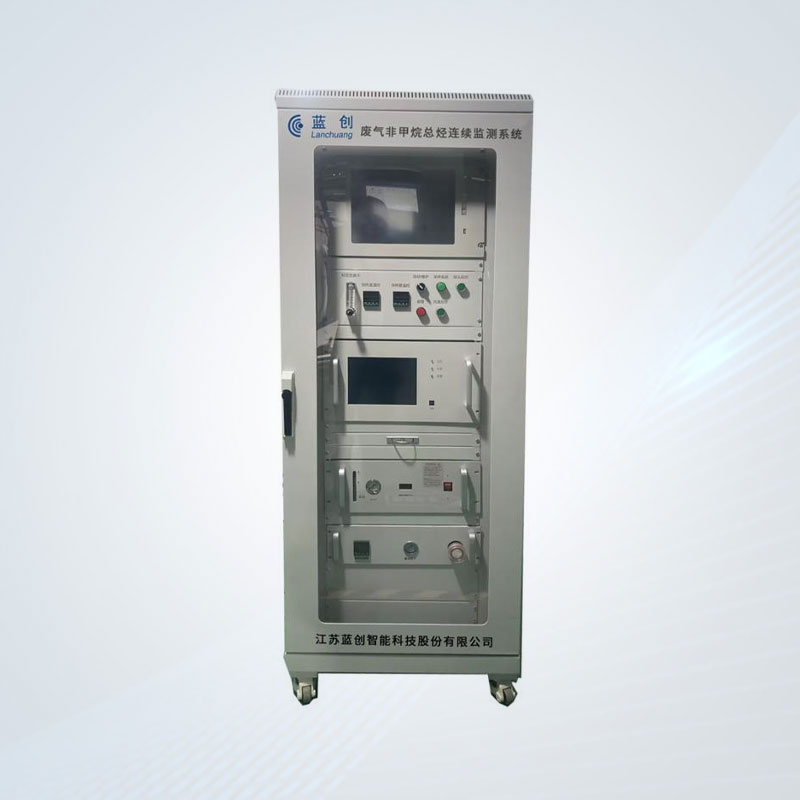Online Monitor: Analysis of Real-time Monitoring Technology and Multifunctional Applications
Release time:2025-09-03
Visits:813
As a core device in modern environmental management and industrial production, the online monitor has become a key tool for improving environmental quality and ensuring production safety due to its high precision, real-time performance, and intelligent features. By integrating advanced sensors and data analysis systems, such devices can continuously track multiple indicators such as water quality, environmental parameters, and industrial parameters, providing users with a reliable basis for decision-making.
I. Application Scenarios and Core Functions
The applications of online monitors cover multiple fields, including but not limited to:
1. Environmental Protection: Real-time monitoring of particulate matter (PM2.5, PM10), volatile organic compounds (VOCs), noise levels, etc. in the atmosphere helps environmental protection departments precisely control pollution sources. For example, in the waterfront promenade of an urban park, the device can detect the equivalent continuous sound level and instantaneous noise peak value, identify the time - period patterns of different noise sources such as morning exercise and traffic, assist in demarcating quiet areas and activity areas, and optimize public space management.
2. Industrial Production: In fields such as electricity, new energy, and chemical industry, the device can monitor parameters such as current, voltage, and equipment operating status. Meanwhile, combined with environmental data (such as temperature, humidity, and gas concentration), it can prevent equipment failures and safety hazards. For example, new energy power stations can improve energy conversion efficiency and system stability by comprehensively monitoring the operating status of collector lines, transformers, and photovoltaic equipment.
3. Water Quality Management: Monitoring key indicators such as dissolved oxygen, pH value, turbidity, and organic matter content, it is widely used in scenarios such as water treatment plants, sewage treatment plants, and agricultural irrigation. For example, in the sewage treatment process, real - time data can optimize the dosage of chemicals, reduce energy consumption, and ensure compliance with discharge standards. In aquaculture, dissolved oxygen monitoring can avoid economic losses caused by water hypoxia.
II. Key Monitoring Parameters and Technological Advantages
The online monitor supports multi - dimensional data collection, covering the following core parameters:
- Water Quality Parameters: pH value, electrical conductivity, dissolved oxygen, total phosphorus, ammonia nitrogen, etc.;
- Environmental Parameters: Noise decibels, temperature, humidity, wind speed, dust concentration, etc.;
- Industrial Parameters: Equipment current, voltage, power, and operating status indicators such as partial discharge.
Its technological features include:
1. High - Precision Sensing Technology: Using advanced technologies such as optical sensors and electrochemical electrodes to ensure data reliability. For example, a water quality monitor can quickly detect the concentration of heavy metal ions through spectral analysis, with a sensitivity of up to the ppb level.
2. Intelligent Analysis and Early Warning: Built - in algorithms can analyze data trends in real - time and automatically trigger threshold alarms. Some devices also support the AI - driven noise source identification function to distinguish different types such as square dance music and traffic noise, improving management efficiency.
3. Remote Management and Cloud Platform Integration: Through 4G/5G or Internet of Things technology, data can be transmitted to the cloud platform in real - time, supporting multi - terminal access and historical data retrieval, facilitating the generation of statistical reports and optimized decision - making.
4. Environmental Adaptability Design: The device is often equipped with a waterproof, dustproof, and lightning - proof structure to adapt to complex environments such as the wild and industrial workshops. For example, the cable tunnel monitoring system can operate stably for a long time in high - humidity and corrosive scenarios.
III. Industry Value and Future Trends
The
online monitor significantly optimizes resource utilization efficiency by reducing the cost of manual inspections and improving data timeliness. In the field of public safety, its noise monitoring function can reduce public complaints. In industrial production, equipment status monitoring can prevent downtime accidents and reduce maintenance costs. With the integration of AIOT technology, future devices will further realize functions such as multi - parameter collaborative analysis and predictive maintenance, promoting the in - depth development of smart cities and green industries.
From urban noise control to new energy power station operation and maintenance, from water quality protection to industrial safety, the online monitor, with its accurate data and intelligent management solutions, has become an indispensable technological support in environmental governance and industrial upgrading.




